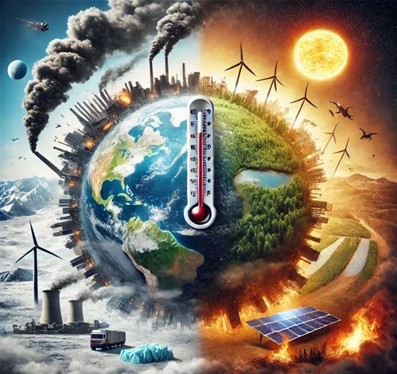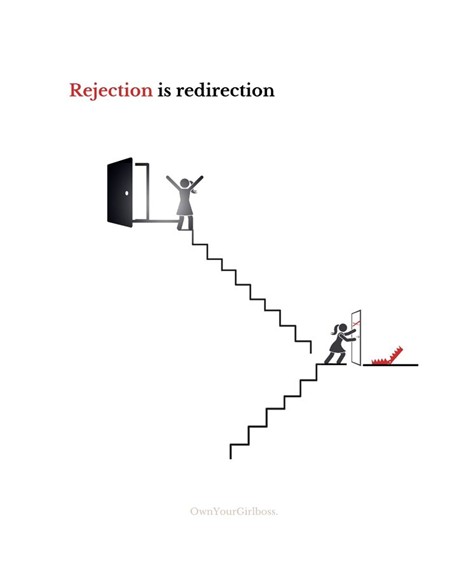Climate Crisis: Rising Seas, Failing Harvests, Vanishing Forests

A Planet Under Siege
The Earth is speaking, and we can no longer afford to ignore it. In 2023 alone, floods in Pakistan displaced over 33 million people, washing away homes, schools, and fields that had fed generations. Across the globe, wildfires in Canada and Australia scorched tens of millions of acres, blanketing cities in smoke and forcing thousands to flee. if we look at the case of the the Himalayas, glaciers are melting faster than ever, threatening freshwater for millions downstream.
The seasons that once guided life are now unpredictable. Farmers plant seeds that may never sprout, families cling to shrinking coastlines, and children grow up thinking floods, fires, and heatwaves are simply part of life. Climate change is not a distant threat; it is our present reality, touching the air we breathe, the water we drink, the food we rely on, and the safety of communities around the world.
A Real-Life Tragedy: The 2025 Punjab Floods
In August 2025, the province of Punjab in Pakistan experienced its most severe floods since 1988. Triggered by unusually intense monsoon rains and cross-border dam water releases, the floods devastated large areas, particularly along the Ravi, Sutlej, and Chenab rivers where almost 8,400 villages were submerged, and more than 2.2 million hectares of farmland were inundated. Tragically, at least 300 lives were lost, and over 5 million residents were affected. Rescue operations saved nearly 2.8 million people, but the damage was extensive.
Despite contributing less than 1% to global carbon emissions, Pakistan bears the brunt of climate-induced disasters, underscoring the urgent need for global action to address climate injustice. This catastrophe highlights the devastating impact of climate change on vulnerable communities.
Human Activity at the Heart of the Crisis
Science is clear: we are the architects of this emergency. Burning coal, oil, and gas fills the atmosphere with heat-trapping gases. Forests fall to chainsaws, removing the lungs of our planet and releasing carbon into the air. Factories, vehicles, and industries continue to pour pollution into the skies without pause.
The result is visible everywhere. Heatwaves scorch the land, hurricanes lash coasts with increasing fury, and wildfires rage longer and hotter than ever before. Processes that once took centuries now unfold in decades. The planet bears the weight of our choices, and so do we.
Warnings We Cannot Ignore
The signs are impossible to miss. The past decade has been the hottest ever recorded. Sea levels have risen more than eight inches since 1900, and the pace is accelerating. Storms strike with unprecedented intensity. Droughts parch once-fertile fields. Over one million species face extinction as their habitats vanish, and wildfires leave blackened forests in their wake.
These are not abstract statistics. They are human emergencies. Farmers lose crops that feed entire communities. Families are uprooted from homes that have stood for generations. Ecosystems collapse, leaving silence where life once thrived. Ignoring these signs is no longer an option.
The Human Toll
Behind every number is a story. A farmer watches his crops shrivel under the relentless sun, knowing the season he relied on has betrayed him. In the Philippines, a mother must decide which child eats when floods destroy the family’s food supply. When it comes to Bangladesh, families flee homes swallowed by rising seas, clutching whatever they can carry. New Delhi is a place where children struggle to breathe in air thick with smog, wondering if clean air will ever return.
Food insecurity rises, health falters, and economies strain under repeated disasters. For vulnerable communities, recovery is not just difficult; it is nearly impossible.
Signs of Hope
Yet, even in the midst of a crisis, there is hope.
Solar panels glimmer on rooftops, converting sunlight into clean energy. Wind turbines spin tirelessly along windswept coasts, harnessing the air itself.
Cities plant trees and rooftop gardens, bringing life back to concrete jungles. Electric vehicles glide silently through streets, cutting pollution. Communities collect rainwater, recycle waste, and design buildings in harmony with nature.
Every innovation, every step, and every mindful choice proves that solutions exist, and a sustainable, resilient future is within our reach if we choose to act.
What We Can Do
It is easy to feel powerless in the face of a global crisis, but every action matters. Turning off unused lights, planting trees, eating more plant-based meals, reducing waste, supporting environmentally conscious leaders, and speaking up about climate change are not small gestures. They are ripples that grow into waves, capable of shaping the world for the better.
Together, our choices can transform concern into action and action into a healthier, safer planet.
Climate change is not only a story of disaster, it is a story of responsibility and resilience. Humanity has faced great challenges before, and we have adapted, survived, and rebuilt. The future is not fixed. Every decision we make today shapes the world our children will inherit.
The Earth is sending urgent warnings through fires, floods, storms, and rising seas. The question is not whether we can act, it is whether we will act today, before it is too late.
